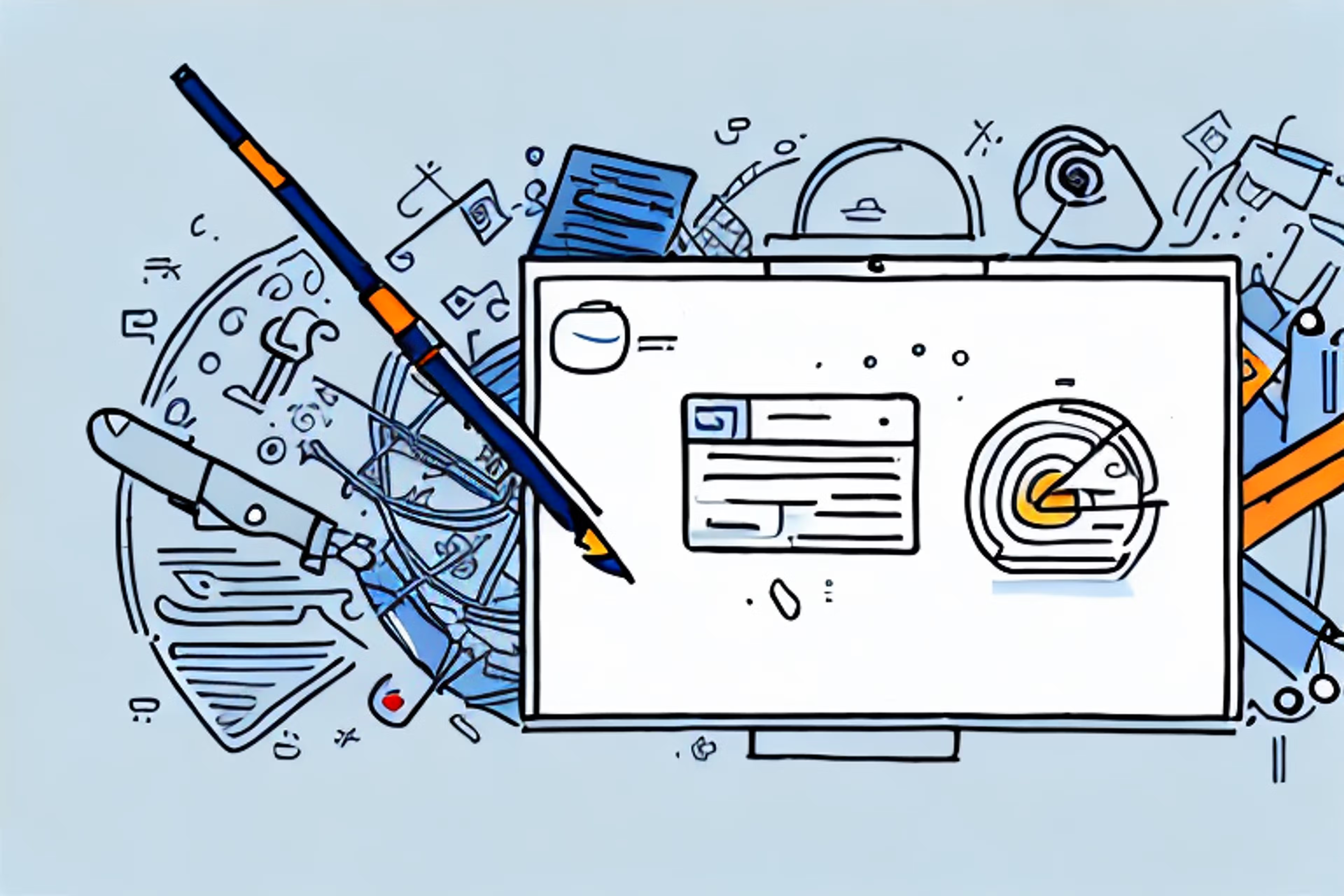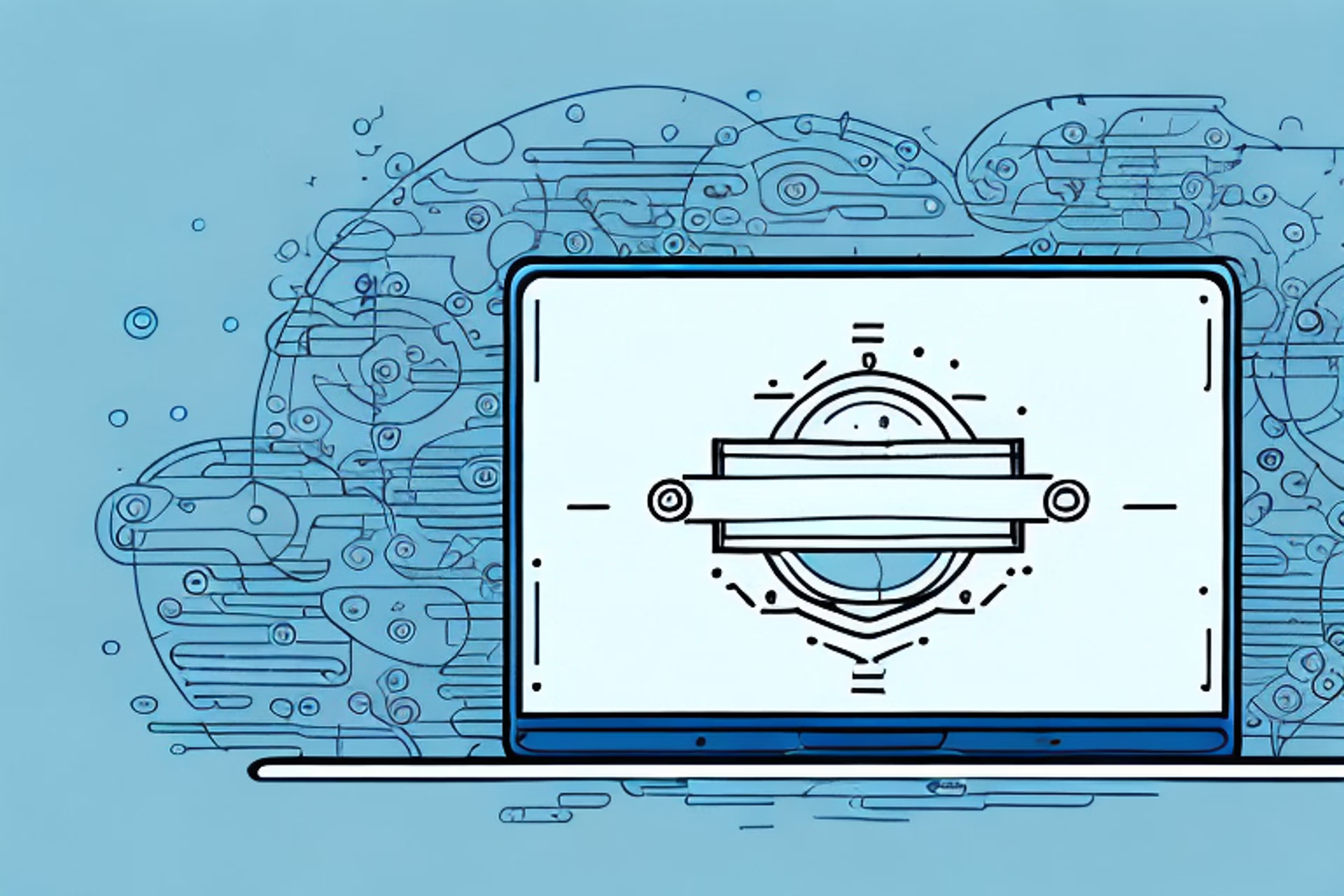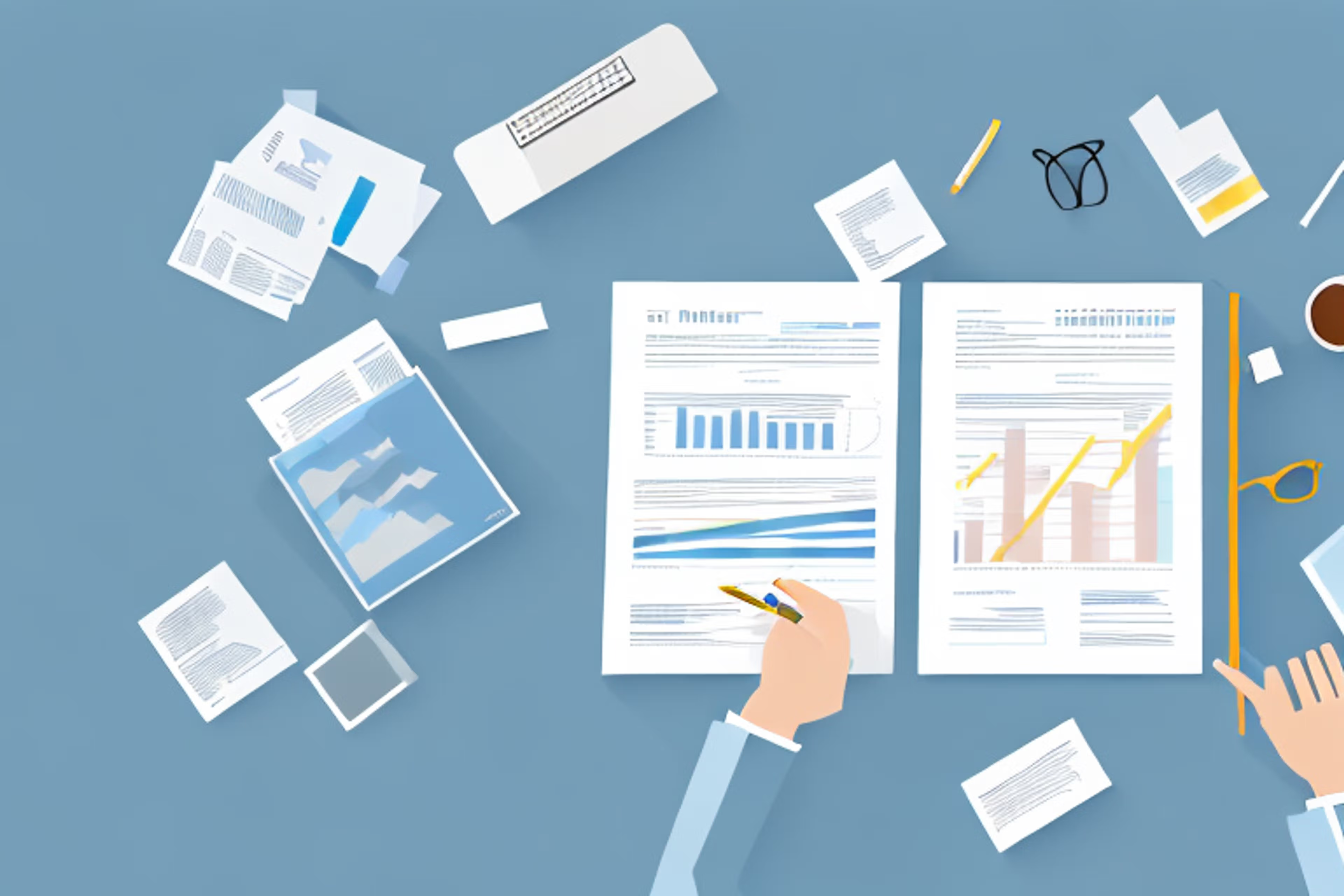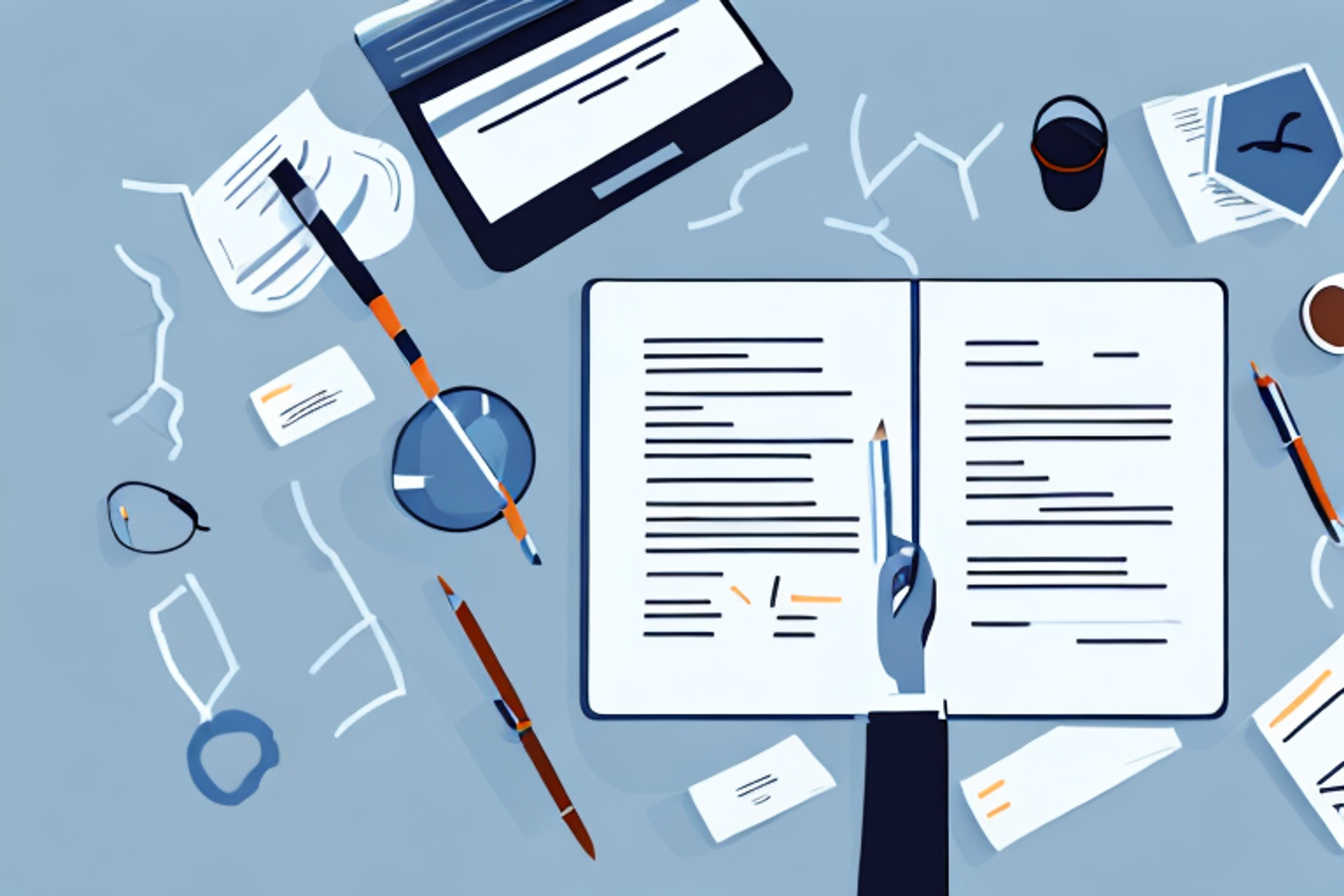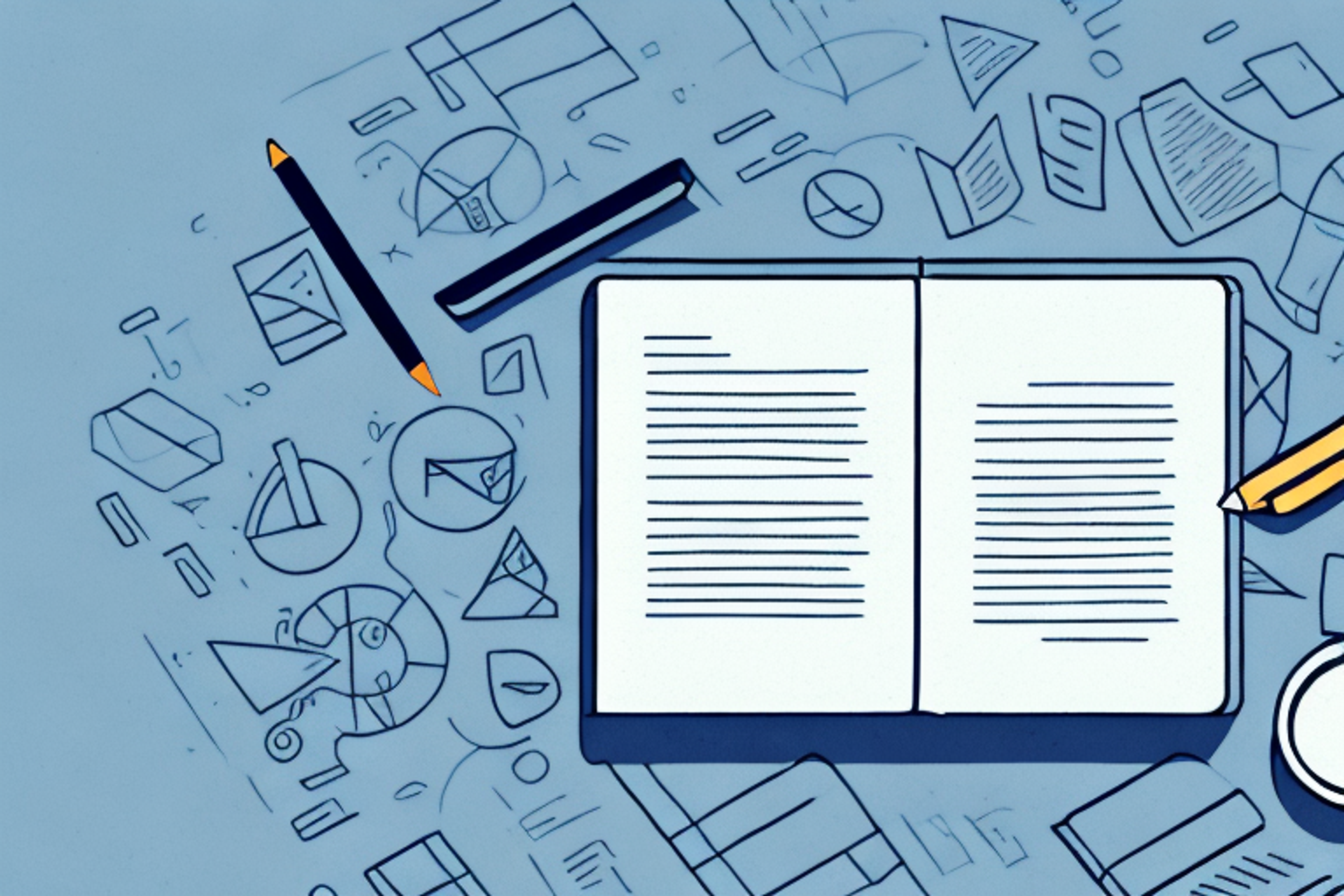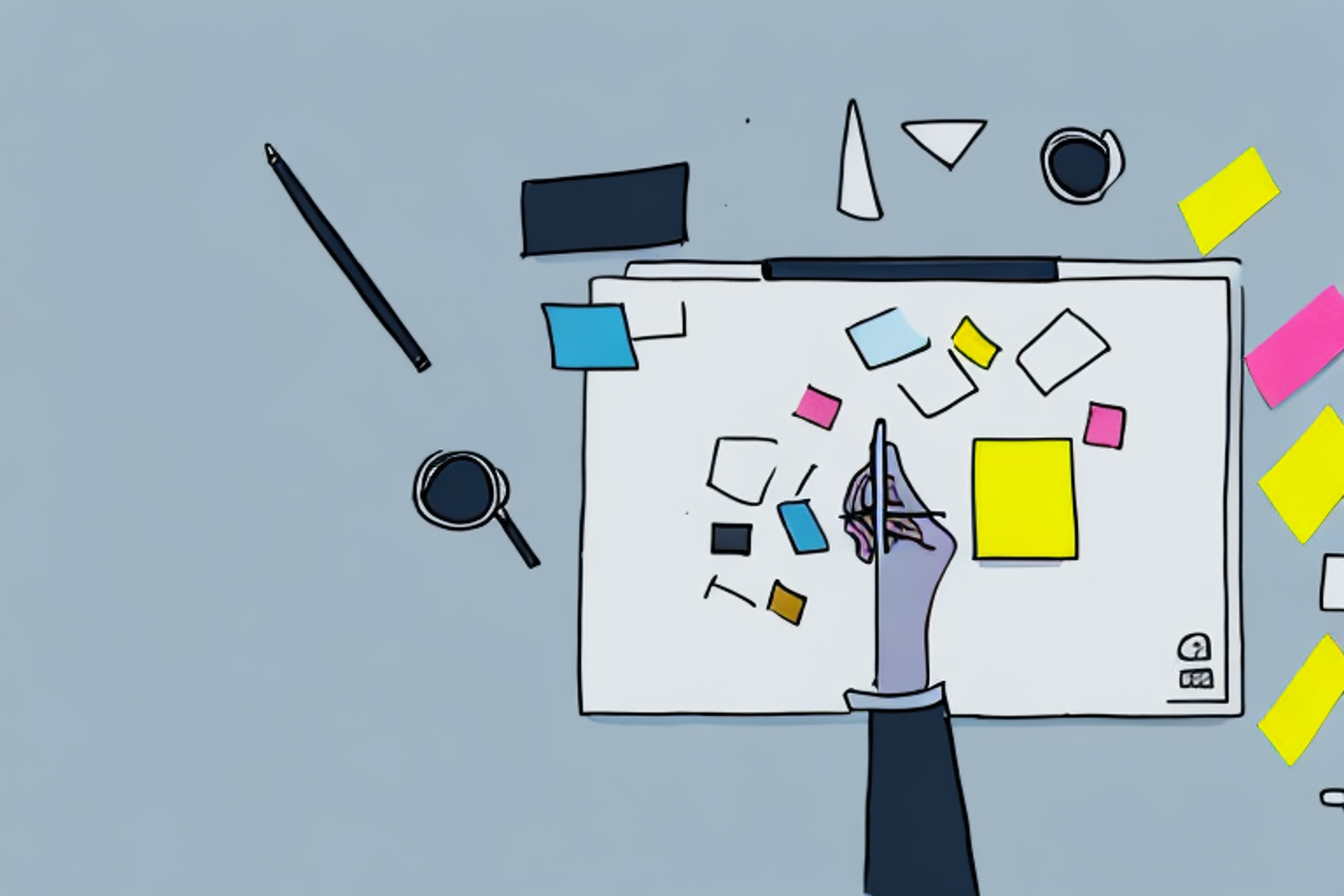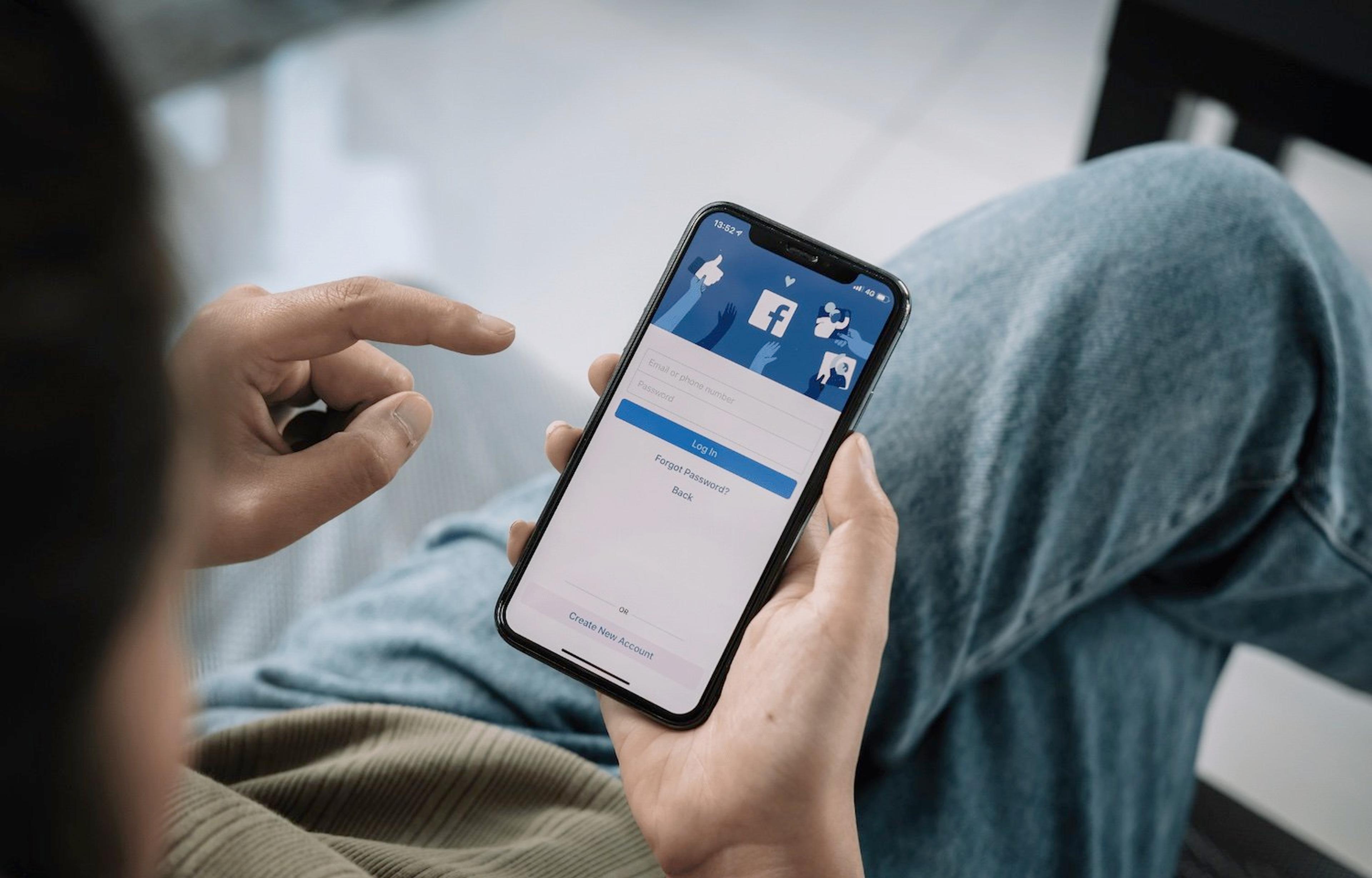How to Prepare for Indeed Product Sense Interviews
If you're preparing for an Indeed Product Sense interview, this article is a must-read.
Posted March 6, 2025
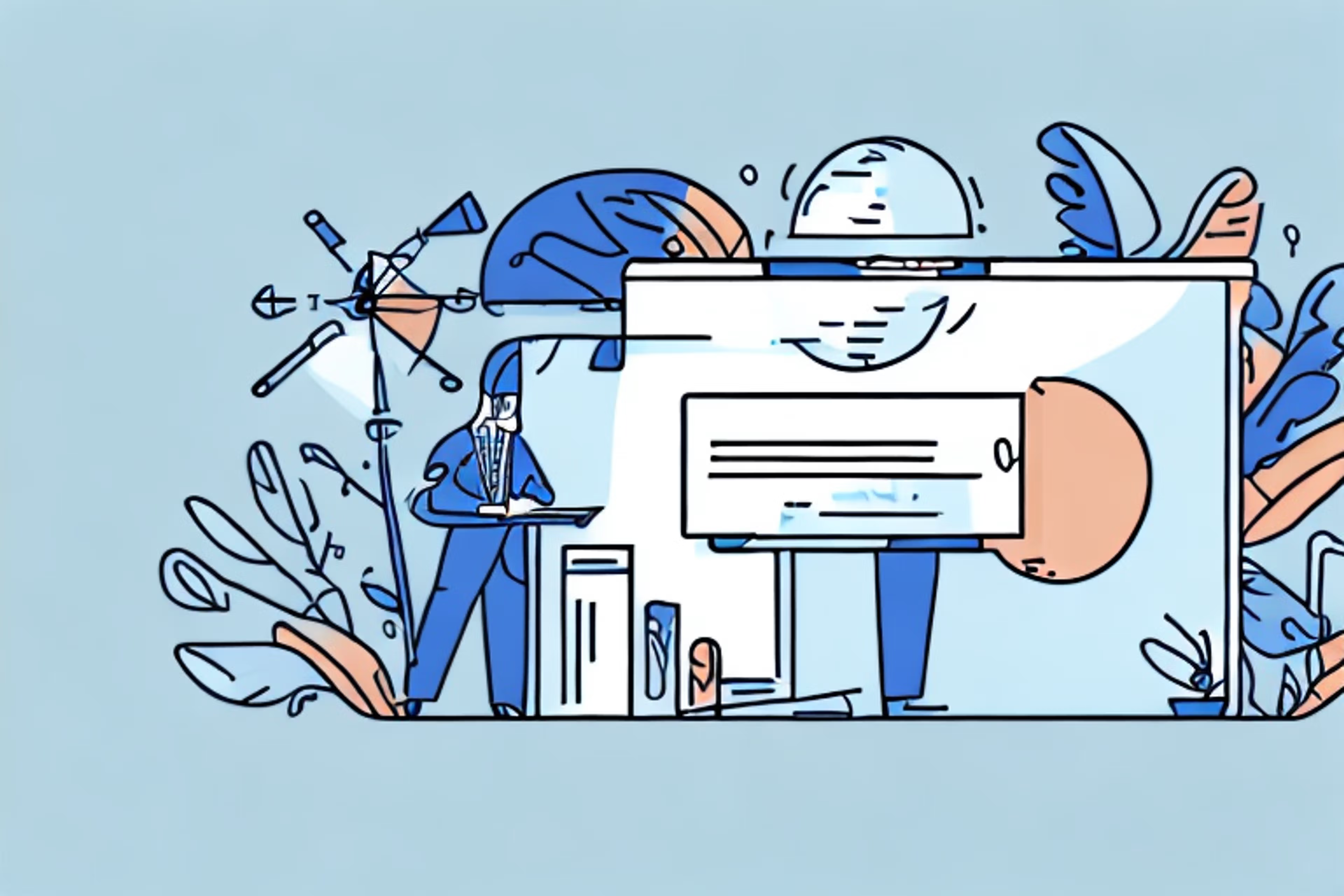
Table of Contents
Product sense interviews are an integral part of the hiring process at Indeed, and as a candidate, you need to be well-prepared to ace these interviews. In this article, we’ll provide you with a comprehensive guide on how to prepare for Indeed product sense interviews. By following these steps, you’ll increase your chances of impressing the interviewers and landing your dream job at Indeed.
Understanding the Purpose of Product Sense Interviews
Product sense interviews are designed to assess a candidate's ability to think critically and strategically about the products. At Indeed, these interviews focus on evaluating a candidate’s product management skills, including user research, product design, and product strategy. The interviewers want to know if you can solve complex problems, prioritize features based on user needs and business goals, and communicate your product vision effectively.
Additionally, product sense interviews may also include questions about market trends, competition, and industry insights. This is because a successful product manager not only understands their own product, but also the larger market and industry in which it operates. Therefore, it is important to be knowledgeable about the latest trends and innovations in the industry, as well as the strengths and weaknesses of competitors in order to make informed decisions about the product's direction and strategy.
Creating a Study Plan for Product Sense Interviews
Preparation is key to success in product sense interviews. Start by reviewing the job requirements and researching the company and its products. It's also essential to stay up-to-date with the industry trends and analyze the competitors' products. Develop a study plan that includes deadlines and milestones, such as completing user research, generating product ideas, and defining metrics. Practice storytelling and presenting your product vision to others. Later on, when you're confident about your study plan, it's time to put your knowledge into practice by reaching out for mock interviews or feedback.
Another important aspect of creating a study plan for product sense interviews is to identify your strengths and weaknesses. Take a self-assessment test to determine your areas of expertise and areas that need improvement. Focus on improving your weaknesses by studying relevant materials and practicing more. Additionally, seek feedback from others to identify areas that you may have overlooked.
It's also crucial to understand the different types of product sense questions that you may encounter during the interview. These questions can range from market sizing to product design and strategy. Make sure to familiarize yourself with these types of questions and practice answering them. You can find sample questions online or ask for feedback from others who have gone through similar interviews.
Researching the Company and Its Products
Before you can effectively analyze a company's products and propose new features or ideas, you must first have a thorough understanding of the company's mission, vision, and values. Research the company through its online presence, including its website and social media platforms. Understand the company's products and services, their target audiences, and what sets them apart from their competitors.
Additionally, it is important to research the company's history and any major milestones or accomplishments they have achieved. This can provide insight into the company's growth and development over time, as well as their overall success in the industry.
Another important aspect to consider when researching a company is their corporate social responsibility initiatives. Look into any charitable or philanthropic efforts the company is involved in, as well as their environmental and sustainability practices. This can give you a better understanding of the company's values and priorities beyond just their products and services.
Analyzing Competitors and Industry Trends
Aside from researching the company you are applying for, you must also familiarize yourself with the industry's current trend and the competitors' products. Identify areas where competitors excel and areas where they can be outmatched. With this information, you can build upon your product design to make it more impactful and unique.
Furthermore, analyzing industry trends can also help you anticipate future changes and adapt your product accordingly. By staying up-to-date with the latest developments in the industry, you can identify potential opportunities and threats that may affect your product's success. This can also help you stay ahead of the competition and position your product as a leader in the market.
Identifying User Needs and Pain Points
It's imperative to understand your target audience and their needs for effective product management. Get to know the potential users and collect data on their behaviors, preferences, and habits. Use this data to identify their pain points and the problems they need solutions for. This way, you can develop new features with more precision and effectiveness.
One way to collect data on user needs and pain points is through user surveys. Surveys can provide valuable insights into user preferences, behaviors, and pain points. You can use online survey tools to create and distribute surveys to your target audience. Analyzing the survey results can help you identify patterns and trends in user needs and pain points.
Another way to understand user needs is through user testing. User testing involves observing users as they interact with your product and collecting feedback on their experience. This can help you identify usability issues and pain points that users may be experiencing. You can conduct user testing in a lab setting or remotely using online tools.
Generating Ideas for New Products or Features
After identifying the user needs and pain points, it's time to begin brainstorming new ideas to improve the product. Encourage yourself to think outside the box and generate as many ideas as possible. This stretches your creativity and increases the chances of creating a successful feature that stands out from competitors.
One effective way to generate new ideas is to conduct user surveys or focus groups. This allows you to gather direct feedback from your target audience and identify areas where the product can be improved. Additionally, you can analyze industry trends and competitor offerings to identify gaps in the market that your product can fill. By combining these approaches, you can generate a wide range of ideas and select the most promising ones to pursue.
Prioritizing Features Based on Business Goals and User Value
With a new set of product ideas, you now need to prioritize which features to implement first. Prioritizing features correctly is crucial, as it impacts the user experience, engagement, and satisfaction. Consider the business goals and user value when choosing the most valuable features. Always choose user value and satisfaction as your top priority.
Defining Metrics and Success Criteria for a Product
Metrics and success criteria help evaluate progress towards achieving your goals for the product. Make sure to set metrics that align with the business objectives and communicate them effectively during the interview. Use both quantitative and qualitative measures to ensure successful achievement of goals.
Storytelling and Communicating Your Product Vision
The ability to communicate your ideas and vision effectively is essential for product managers. During the interview, you need to showcase your product storytelling skills and use this to explain your product and features designed effectively. Practice presenting your ideas until you are confident in your presentation skills.
Practicing Mock Interviews and Receiving Feedback
Practicing mock interviews is one of the most effective ways to prepare for Indeed product sense interviews. Find a mentor or a friend to act as the interviewer and practice the interview structure. After each mock interview, analyze your performance and identify areas that could be improved. Receiving feedback will help in polishing your product management skills.
Common Mistakes to Avoid in Product Sense Interviews
During Indeed product sense interviews, some of the most common mistakes candidates make include failing to prepare for the interview, inability to think strategically, lack of understanding of the company and its products, and failure to communicate effectively. Be sure to avoid these mistakes by following the tips mentioned in this article.
How to Showcase Your Problem-Solving Skills in Interviews
Problem-solving is one of the most essential skills that product managers require. Showcase your problem-solving skills by clearly communicating a solution to the problem and explaining why and how it works. Provide examples of how you have solved a problem or how you plan to solve a problem effectively.
Leveraging Your Past Experience in Related Fields or Projects
Previous work experience related to product management is valuable and may help demonstrate your ability to apply past experiences to improve your product management skills. Use this experience to your advantage to showcase that you are prepared for the job.
Tips for Staying Calm and Confident During the Interview Process
Staying calm and confident during the product sense interviews is critical to your success. Simple tips such as taking deep breaths and remaining refreshed mentally and physically, could go a long way. Also, be ready to talk about experiences and follow a structured approach to the interview. Don’t feel rushed and take your time in understanding the problem and articulating solutions.
In summary, product sense interviews are a critical part of the hiring process at Indeed, and proper preparation is necessary to ace them. By following the steps outlined in this article, you can increase your chances of success. Remember to understand the purpose of product sense interviews, create a study plan, research the company and its products, generate ideas, prioritize features, define metrics, improve communication skills, leverage previous experience, and stay calm and confident throughout the interview process.








